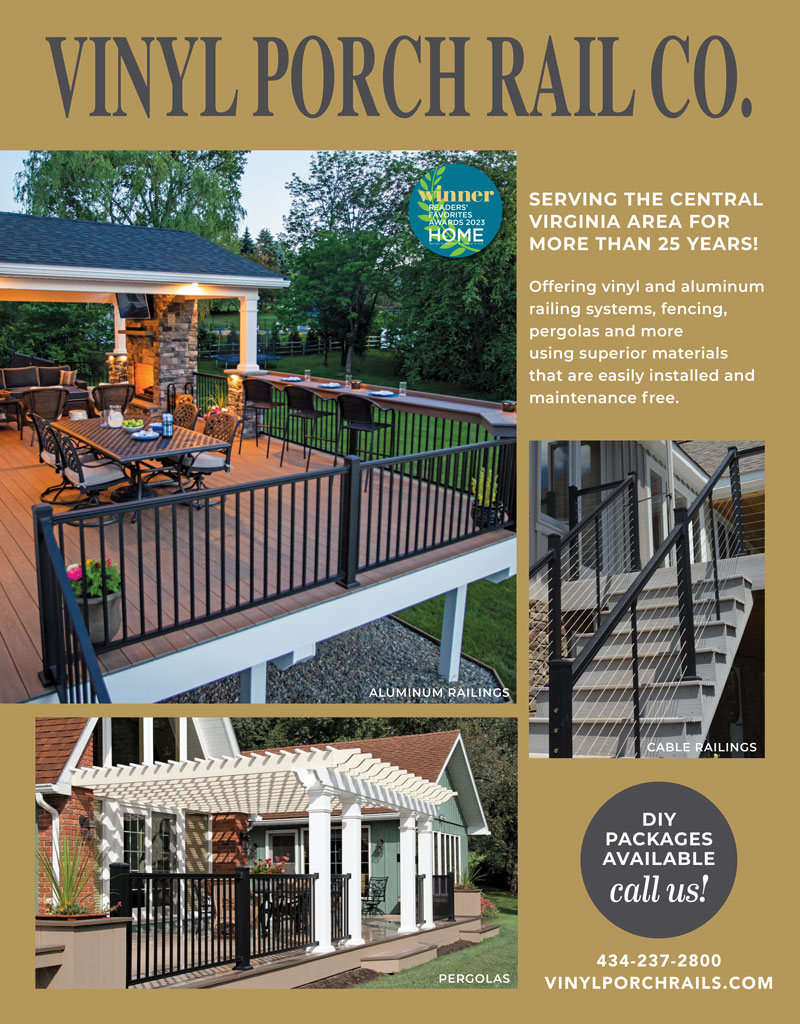Design Conundrums | Designer Tips for Fixing Up Your Family Room
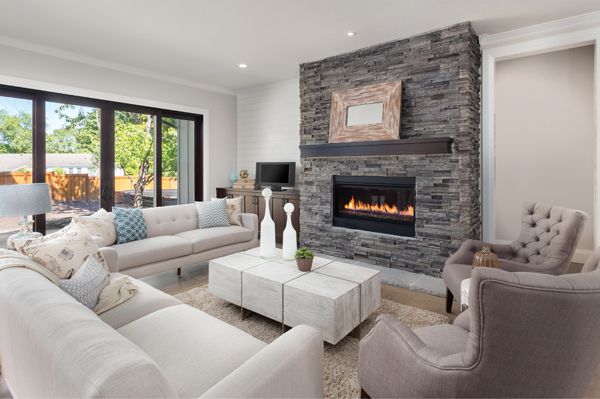
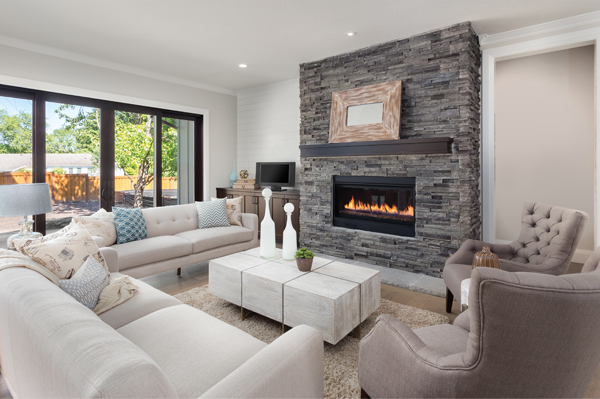
n every home there are bound to be certain design and decorating challenges. Who hasn’t tried rearranging furniture or art every now and then—whether to improve flow, make more room, or just try something new? When you’re looking at your own spaces, it can be hard to see things with a fresh eye. We might search Pinterest boards, magazines, and design websites for inspiration; we might ask a trusted friend for opinions and ideas. But nothing beats the help of a professional. Interior designers and decorators have the ability and experience to analyze a space and see what needs to be changed to improve both style and function. While every home is different, in their line of work, certain design challenges do come up with regularity. We talked to two local designers on how they handle three of the most common conundrums in a favorite spot—the family room.
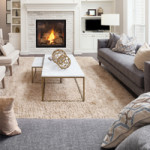 TV + focal points
TV + focal points
Almost every family room has a television, and quite a few have fireplaces as well. Orienting both in the same space can be a challenge, and not everyone wants to have a TV as their room’s focal point.“The TV issue is a very common problem,” says Kathy Potts, of Decorating Den Interiors. “Sometimes the TV will be too high if put over the fireplace, and in that case, the TV could go on a bookshelf beside the fireplace or, if there are windows in the way, on either of the adjacent walls,” she explains.
Potts says a recent design challenge involved a similar situation, where a client’s large fireplace took up one wall of a small space. There was no good spot for a TV above the fireplace, but she was able to situate it on a nearby built-in bookshelf. For furniture placement, Potts says, “I put in a smaller sofa and two small recliners in an L shape. No coffee table but two accent tables beside the sofa and between the recliners.” In this arrangement, the TV can be seen and the fireplace is open to the room, without overcrowding the space or making the fireplace the sole focal point.
For homeowners who like to camouflage the TV when it’s not in use, there are several options. Moyanne Harding, of Interiors by Moyanne, says, “I love mirror TVs or art TVs—it’s an amazing way to make the TV go away.”
If you’re looking to hide your existing TV, consider wallmounted panels in an attractive finish. Antiqued mirror, reclaimed wood or even a large canvas can be slid or placed over the TV when not in use. “I’ve seen a TV disguised over the fireplace with sliding wood doors,” says Potts, who notes, “The TV would need to be inset in the wall in order for the wood panels to have a smaller projection.” There are also bookshelves and entertainment units with movable doors that can hide the TV when needed.
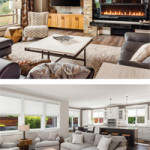 Layout + space
Layout + space
Some family rooms—especially those situated adjacent to an open kitchen in the rear of the house—tend to have long, rectangular spaces that can feel a bit like a bowling alley. The conundrum here is how to make best use of the space while avoiding an awkward layout or blocking off access. “In this situation, furniture can be used to separate the space into two areas,” says Potts. “Another idea is to keep the space open, and place furniture along the longest parallel walls, facing each other for conversation.” With either option, Potts says to make sure that if there’s a fireplace, you place the TV in the same area. “Two focal points are sometimes unavoidable, but not one at each end of the room,” she advises.
If you have a small family room and want to make the space feel larger, there are various tricks of the trade. Make sure your furniture is the right scale for the space—avoid bulky or oversized items. Raised leg furniture gives the illusion of more space by allowing you to see more of the floor—same with a glass-topped coffee or side table. A unified color palette and keeping clutter to a minimum also make a room feel spacious. Harding says one of her tips for a small space is the use of mirrors. Whether wallmounted, an oversized leaning mirror, or even a mirrored console table, any chance to reflect light and space will add dimension.
 Durable design
Durable design
A family room is meant to be lived in. To keep it looking good, low maintenance and durable design elements are important here. Sofas can be covered in washable slipcovers or performance fabrics. According to Potts, “The industry has seen that pets and children shouldn’t stop you from having nice upholstery. There are a lot of performance fabrics out there now, and they’ve become more stain resistant, easier to clean, and more resistant to tearing than before.”
For area rugs, both Harding and Potts favor wool for its resiliency. “It will absorb spills, however if cleaned immediately you can flush the spill out of the fibers,” notes Potts, who adds that while nylon is affordable and easy to clean, over time the fiber can become flat.
Harding emphasizes natural materials in her design, and says, “Fabrics like wool, linen, cotton and bamboo are very resilient and healthy.” She is also a fan of Farrow & Ball low-VOC paint for its “amazing colors.” When choosing a paint, Potts offers this guide: “Flat paint is the easiest to touch up, but shows marks easily, especially with darker colors. Satin paint has a slight sheen and can clean up with a sponge. Semi-gloss and gloss are shiny, however they clean the best.” She recommends satin on the walls and semi-gloss or gloss on trim for the best combination.
To make sure your family room has both good form and good function, it’s important to have the right layout and appropriate materials. Knowing a few professional tips can help you get there, and remember that being open to new ideas and possibilities can lead to great things. As Harding points out, “Conundrums are always a lesson—it’s fun and oftentimes a blessing in disguise.” ✦
bamboo, cotton, decorating challenges, decorators, durable design elements, family rooms, fireplaces, Layout, LED Mirror TV, linen, natural materials, rectangular spaces, television, upholstery, wallmounted panels, wool
